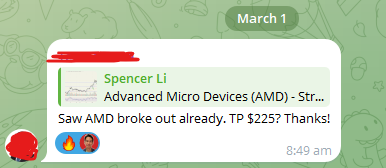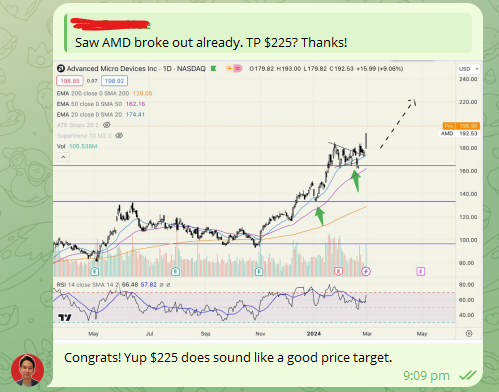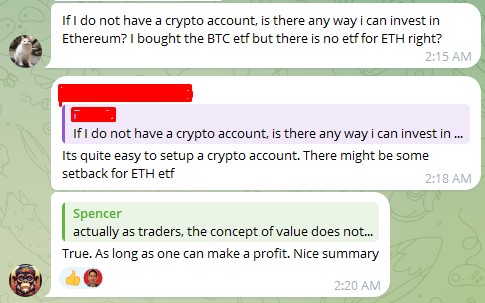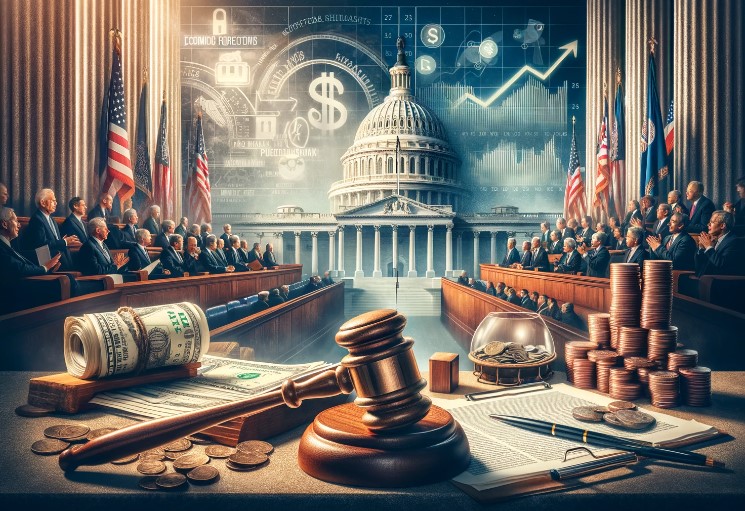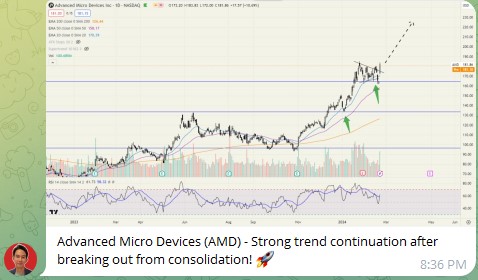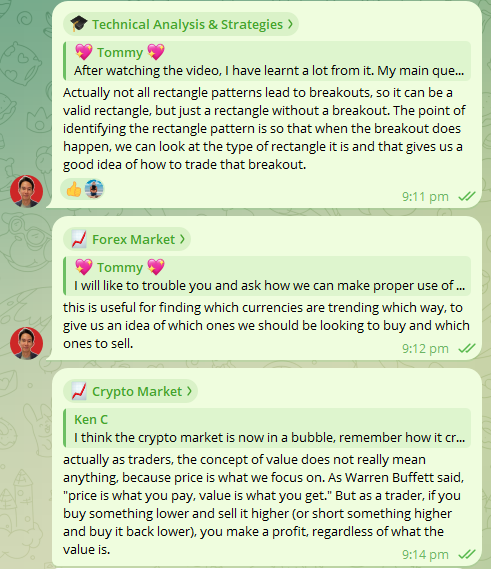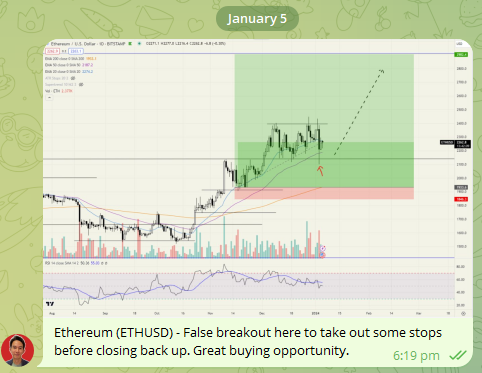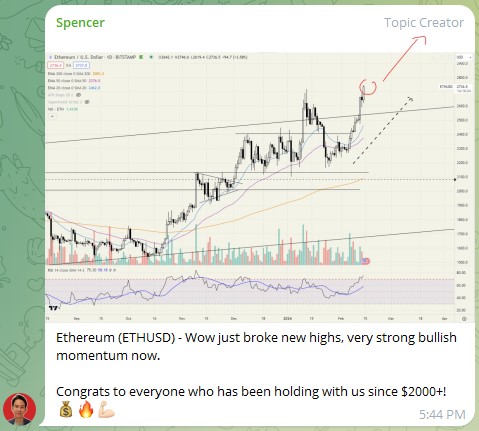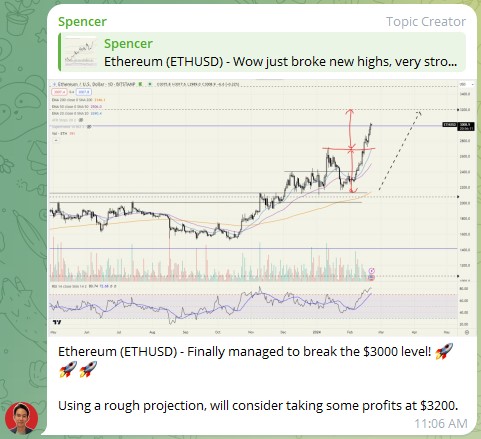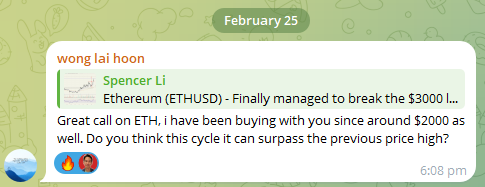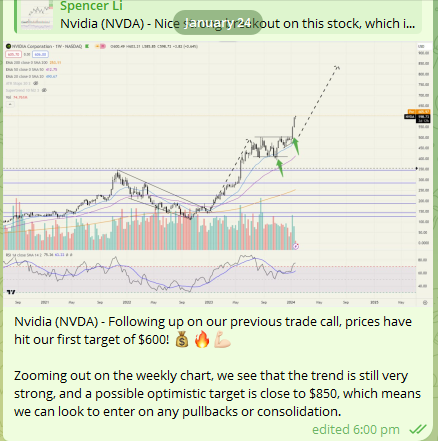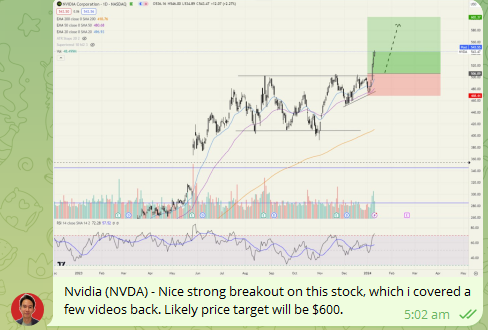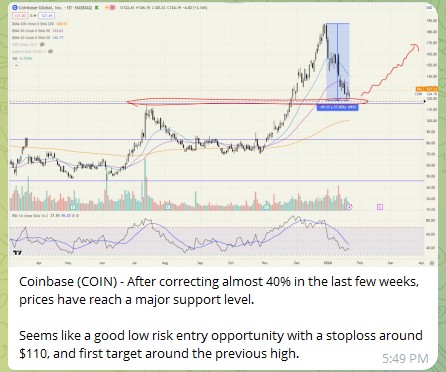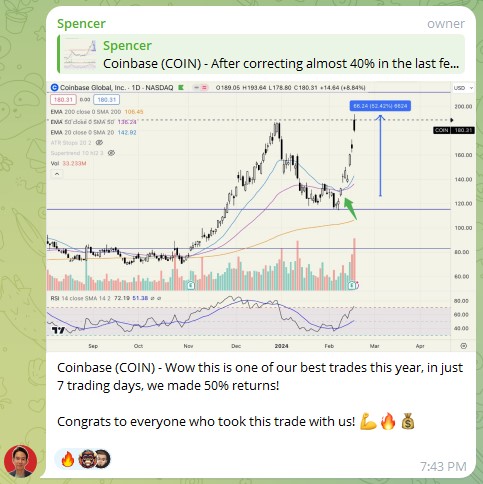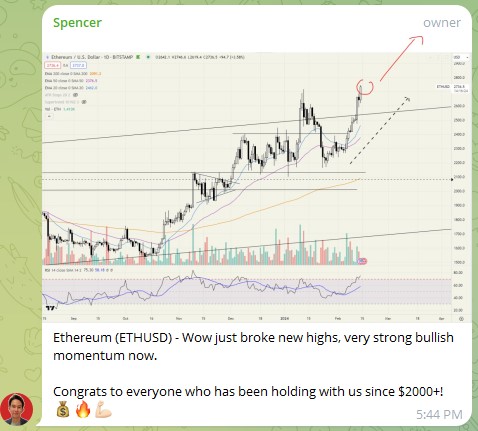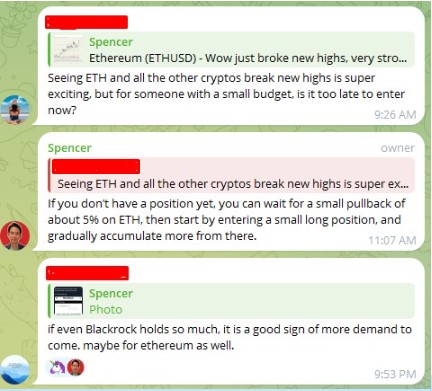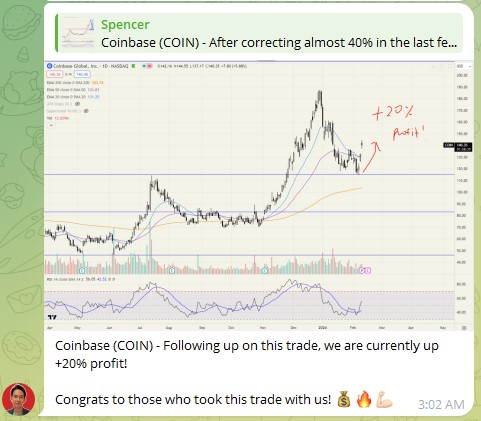Subscribe for real-time alerts and weekly videos:
👉🏻 https://synapsetrading.com/daily-trading-signals
Market Recap & Upcoming Week
Last week provided nuanced signals regarding the U.S. labor market’s trajectory, as the unemployment rate slightly increased, indicating a subtle cooling phase.
Despite surpassing job growth expectations with 275,000 positions added in February, a downward revision of the previous month’s figures and a tick up in unemployment to 3.9% hinted at an evolving labor dynamic.
This slight shift, alongside moderating wage growth from 4.5% to 4.3% year over year, suggests a gradual move towards balancing the labor market, potentially easing inflation pressures in the process.
These developments align with Federal Reserve Chair Jerome Powell’s congressional testimony hinting at a nearing confidence threshold for initiating rate cuts, with markets now anticipating approximately four rate reductions in 2024.
Observations from the manufacturing and services sectors, as well as the January JOLTS report, further underscored the labor market’s moderation, with both employment indexes contracting and job openings decreasing to 8.9 million from a high of 12.2 million.
Such trends bolster the Fed’s inclination towards a more accommodative policy stance as early as June, potentially supporting a continuing, though possibly more tempered, market advancement.
Despite a slight retreat in stock indices and a rise in bond markets last week, the overarching market sentiment remains optimistic, underpinned by expectations for ongoing inflation moderation, forthcoming Fed rate cuts, and a generally resilient labor market.
As the financial landscape navigates through these adjustments, investors are advised to view potential market volatility as an opportunity to enhance and diversify their investment portfolios.
Daily Trading Signals (Highlights)
Join our community for real-time alerts and weekly videos:
👉🏻 https://synapsetrading.com/daily-trading-signals




